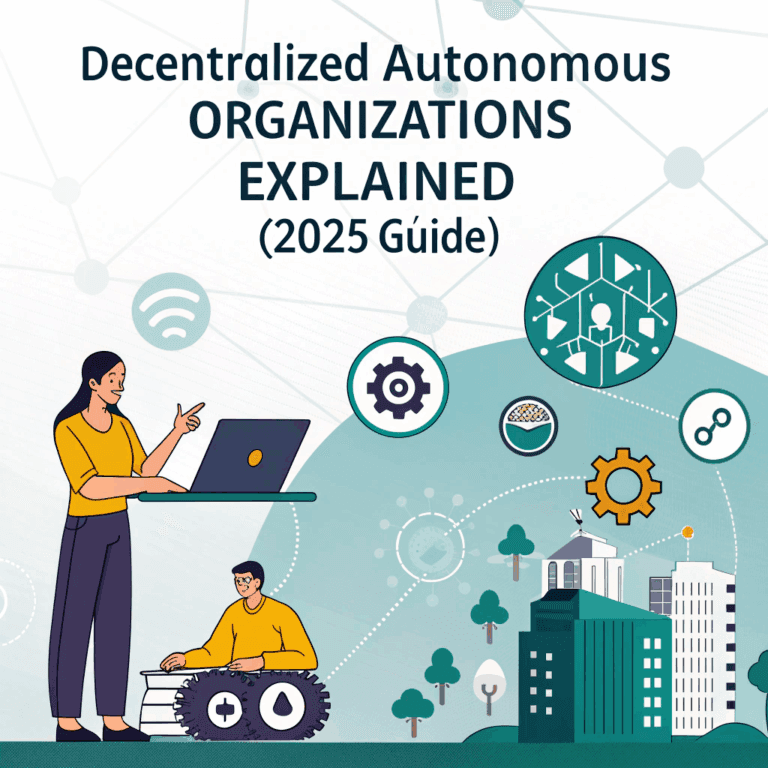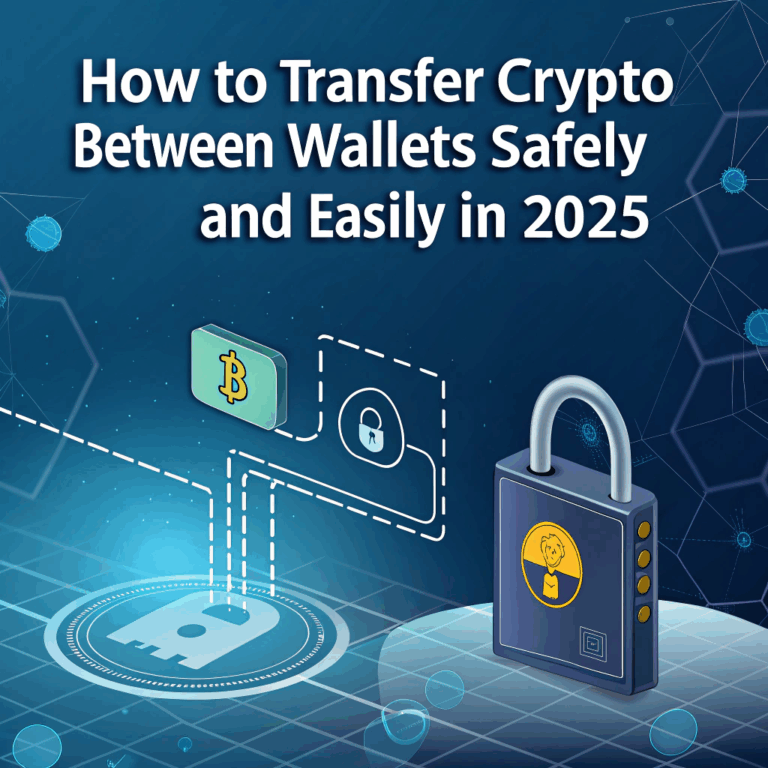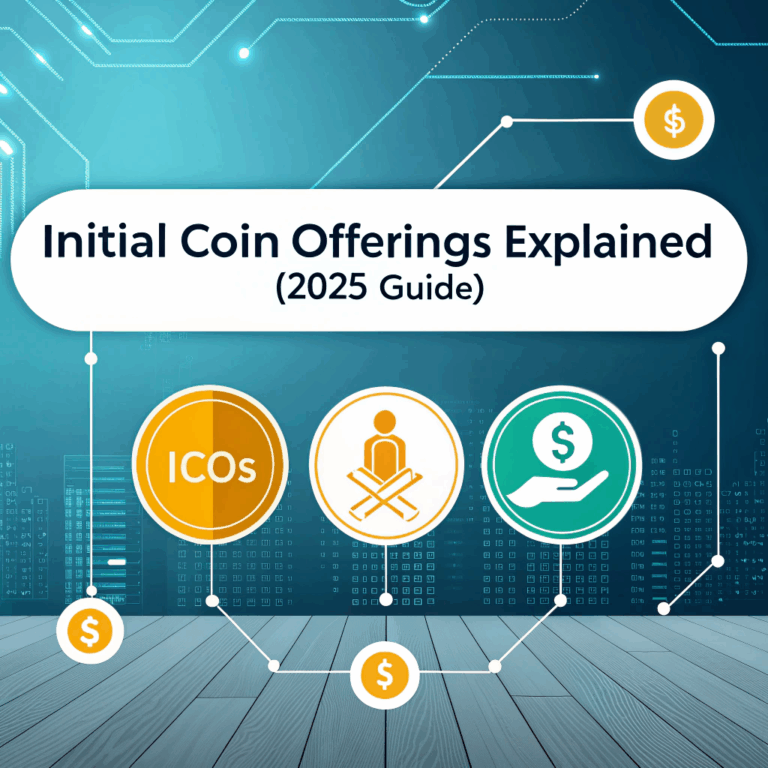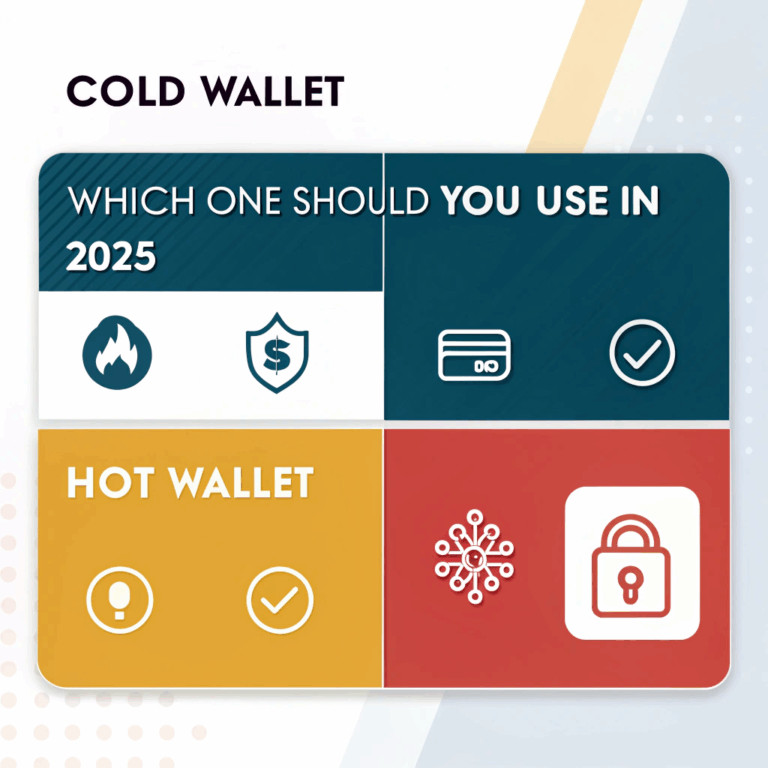What is an NFT? Simple Explanation for Beginners (2025)
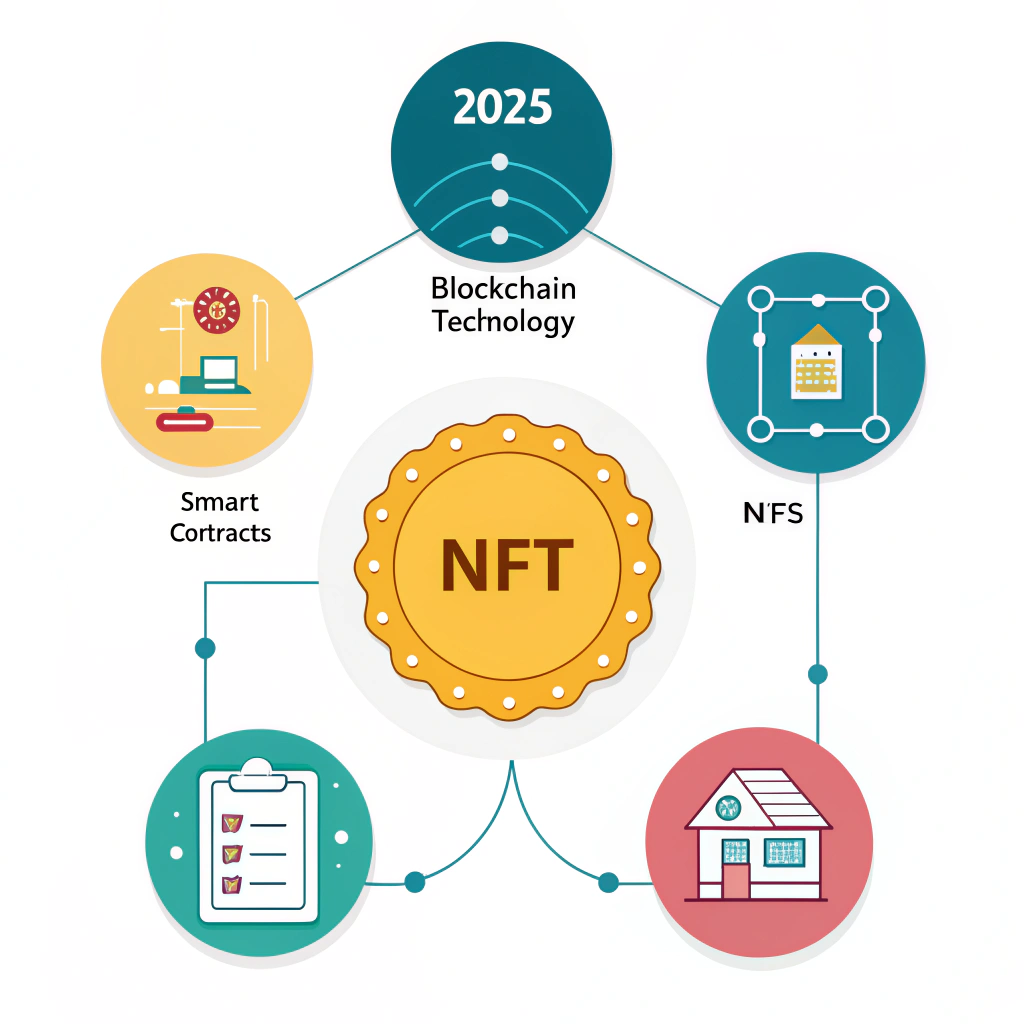
Introduction
You’ve probably heard of NFTs through headlines about digital art selling for millions — but NFTs are more than memes and monkey pictures. In 2025, NFTs are powering everything from gaming economies to digital identity. This guide breaks it all down simply.
What Does NFT Stand For?
NFT means Non-Fungible Token.
- Token = a digital asset on the blockchain
- Non-fungible = unique and can’t be exchanged 1:1 with another token
It’s like the difference between a dollar bill (fungible) and a signed baseball card (non-fungible).
What Makes an NFT “Non-Fungible”?
Fungible items (like Bitcoin or USD) are interchangeable. One BTC = one BTC.
Non-fungible items have unique properties or value.
NFTs have:
- A unique ID
- Ownership verified on the blockchain
- Metadata that can’t be changed
How Do NFTs Work?
NFTs are created and traded using smart contracts on blockchains like Ethereum, Solana, or Polygon.
- Most NFTs follow standards like ERC-721 or ERC-1155
- Each NFT is linked to digital content (image, video, file, etc.)
- Ownership is recorded on-chain
- The NFT can be traded or transferred like any crypto token
You don’t “own” the image — you own a token proving ownership of the digital asset.
What Can NFTs Represent?
NFTs aren’t limited to pictures. They can represent:
- Digital art
- Music and albums
- Video clips or animations
- Game items and characters
- Event tickets
- Virtual land in the metaverse
- Identity documents
- Domain names (e.g., .eth names)
NFTs are basically digital ownership certificates.
Where Are NFTs Stored?
The token is stored on the blockchain.
The media (image, video, etc.) is usually stored on:
- IPFS (InterPlanetary File System)
- Arweave
- Or centralized platforms (less ideal)
That’s why long-term NFTs should use decentralized storage.
NFTs vs. Cryptocurrencies
| Feature | NFT | Cryptocurrency (e.g., ETH) |
|---|---|---|
| Uniqueness | Unique, one-of-a-kind | Identical units |
| Interchangeable? | No | Yes |
| Function | Ownership of digital goods | Medium of exchange |
| Examples | Bored Ape, ENS domain, music NFT | Bitcoin, Ethereum, Solana |
Popular NFT Use Cases in 2025
- Digital collectibles: Limited-edition art or sports moments
- Gaming: In-game items you truly own (weapons, skins, characters)
- Music and IP rights: Direct fan-to-artist ownership
- Metaverse: Buy/sell virtual land, buildings, wearables
- Event access: Concert or conference tickets with resale protection
- Proof of identity: Verified identity NFTs linked to government ID
How to Buy, Sell, and Create NFTs
Buy:
- Get a wallet (e.g., MetaMask)
- Buy ETH, SOL, or MATIC depending on the blockchain
- Connect to an NFT marketplace (e.g., OpenSea, Magic Eden)
- Browse and buy
Sell:
- List your NFT on a marketplace
- Set fixed price or enable auction
- Approve transaction in your wallet
Create (Mint):
- Use platforms like OpenSea, Rarible, or Manifold
- Upload media + metadata
- Set royalties (percentage you earn on resales)
- Pay gas fee to mint
Risks and Controversies of NFTs
- Scams and fake projects
- Market hype and pump-and-dumps
- Copyright infringement (unauthorized art)
- Environmental impact (less now with proof-of-stake)
- Illiquidity (hard to resell at fair value)
- Speculation: Most NFTs don’t hold long-term value
Always DYOR before buying.
Are NFTs Still Relevant in 2025?
Yes — but not just as collectibles.
In 2025, NFTs are being used for:
- Decentralized identity (DID)
- Tokenized credentials
- Brand loyalty programs
- Web3 access control
- Legal contracts and ticketing
The focus has shifted from hype to utility.
FAQ
Can I screenshot an NFT and own it?
No. You can copy the image, but not the token that proves ownership.
Do I need to buy expensive NFTs?
No. Many useful NFTs are free or under $10.
Are NFTs only for art?
Not anymore. They’re used in gaming, DeFi, music, identity, and more.
What is NFT royalty?
It’s a % paid to the original creator every time the NFT is resold.
Conclusion
NFTs are digital assets with real ownership, utility, and potential. They started with art and collectibles, but in 2025, they’re reshaping digital identity, gaming, and creator economies. If you’re just getting started, take it slow — and always know what you’re buying.

